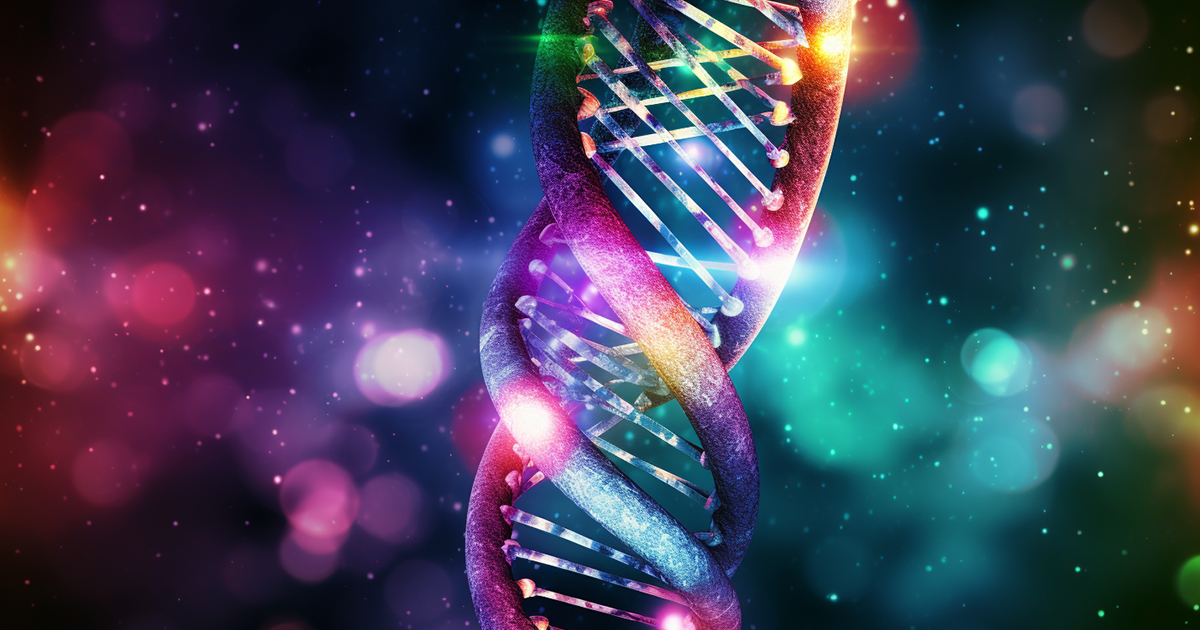In Tubingen, Germany, a profound sense of wonder has been instigated by groundbreaking discoveries unveiled by scientists. Back in 2013, a team at the University of Tubingen achieved a monumental breakthrough. They successfully decoded and sequenced DNA extracted from ancient Egyptian mummies’ skulls. The broader implications of this remarkable achievement have triggered deep contemplation on our history, future, and the intriguing concept of resurrection.
Ancient Egyptian civilization, renowned for their meticulous mummification practices, inadvertently safeguarded genetic material for centuries. The essence of this exceptional preservation technique lies in promptly extracting moisture from the mummified remains, thereby safeguarding the DNA from deterioration.
Though still eluding us, a comprehensive genetic map of these ancient Egyptians, the compelling notion of potential physical resurrection has captivated the minds of many.
The previously mythical and religious idea of reviving the deceased now seems within reach, courtesy of technological advancements continually pushing boundaries.
The mere possibility that individuals from distant times could be resurrected is undeniably astounding.

Delving deeper into this profound revelation urges us to ponder beyond scientific marvels. Proponents of ancient astronaut theories have drawn parallels between resurrection and humanity’s evolutionary journey, as portrayed in various religious narratives.
<p”Day of judgment,” “the rapture,” “end of days,” and “the apocalypse” have long been intertwined with a transformative era in human history.
Ariel Bar Tzadok suggests that humanity’s ultimate purpose on Earth leads to this transformative event, known as the “great resurrection.” Giorgio A. Tsoukalos emphasizes how ancient texts often hint at the return of specific divine entities.
Could it be that these ancient scriptures subtly suggest a time when humanity uncovers the potential for resurrection, enabling us to traverse freely between physical and spiritual dimensions?
This notion of resurrection closely aligns with the premise that extraterrestrial beings may have visited Earth in ancient times. Advocates of ancient astronaut theories propose that these celestial entities might have shared knowledge of resurrection and metamorphosis with humanity.
They theorize that encounters with extraterrestrial beings may be linked to near-death experiences, where individuals claim to have journeyed into alternate realms.
Is it plausible that the foretold “end of days,” envisioned in various belief systems, signifies a period where we unveil the long-guarded secret of resurrection, bridging the gap between the living and the afterlife? It’s a thought-provoking prospect challenging our understanding of existence.
While some may approach these concepts hesitantly, Giorgio A. Tsoukalos encourages embracing them with joy, signifying that our place in the universe is not solitary. The idea of extraterrestrial entities guiding us towards transcendence unveils a realm of possibilities, establishing a bond to a greater force beyond ourselves.
Reflecting on the enigmas of ancient DNA and the potential for resurrection could lead to a profound realization of our existence. In our pursuit to grasp mortality, we might uncover the mysterious truths of the afterlife and thereby gain deeper insights into our possible extraterrestrial lineage.
Video:
In conclusion, the groundbreaking research in Tubingen, Germany offers a glimpse into a future where the boundaries between life and death may blur. It sparks profound introspection on our past and the boundless potential of our species. Embarking on a journey into the depths of ancient DNA mysteries sets us on an extraordinary path that could revolutionize our comprehension of life, mortality, and the vast universe.
